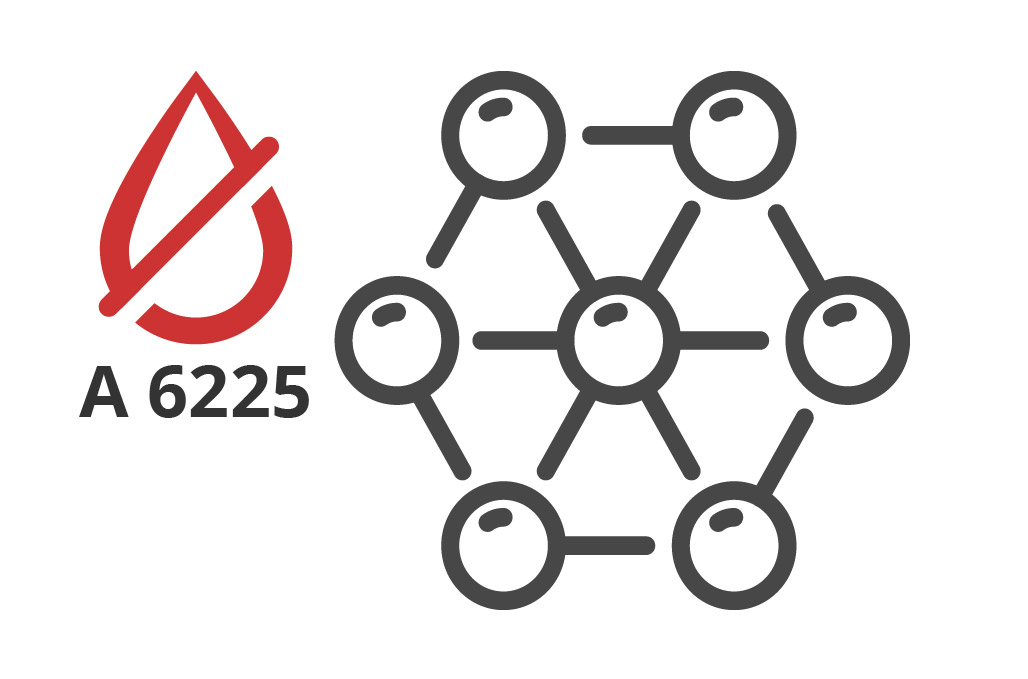A6225| Anti bleed Additive
- Universal additive
- Reduces bleed out on metal surfaces
- Non halogenated
Product Description
A-6225 is a proprietary, patent-pending non-halogenated additive utilizing a monofunctional silicone together with a thiol reactive group allowing it to perform multiple functional roles. When used in metal filled and non-metal filled adhesive systems it reduces resin bleed out on a variety of surfaces. When used as a mold release in composite manufacturing the material imparts a residual anti-stiction silicone coating to surface of the parts.
A-6225 is co-curable in both free-radical based and traditional epoxy based polymerization systems. It can also enhance the rheological properties of various filled adhesives.
A-6225 is recommended for use as an additive to reduce resin bleed out specifically on metal surfaces. The recommended addition of the A-6225 to a formulation is between 2% - 5% weight percent of resin. It shows superior bleed control in silver filled formulations and can significantly reduce or eliminate resin bleed out in formulations that contain non-metal fillers such as silica. A-6225 may be applied up to full strength to molds or incorporated at 2 – 4% weight percent in resin formulations to provide mold release and surface anti-stiction properties.
Technical Specifications
| General Properties | |
| Appearance Appearance Appearance at room temperature. | Colorless liquid |
| Density (g) | 0.98 g/cm3 |
| Physical Properties | |
| Viscosity Viscosity Viscosity is a measurement of a fluid’s resistance to flow. Viscosity is commonly measured in centiPoise (cP). One cP is defined as the viscosity of water and all other viscosities are derived from this base. MPa is another common unit with a 1:1 conversion to cP. A product like honey would have a much higher viscosity -around 10,000 cPs- compared to water. As a result, honey would flow much slower out of a tipped glass than water would. The viscosity of a material can be decreased with an increase in temperature in order to better suit an application | 50 mPa.s |
| Thermal Properties | |
| Flash Point Flash Point The flashpoint of a solvent is the lowest possible temperature at which it can vaporize to form an ignitable vapor. Flashpoint is often confused with “autoignition temperature”, which is the temperature at which a solvent ignites without an ignition source. | 153 °C |
Additional Information
The "estimated" average molecular weight is roughly 1,130 Da. We say "estimated" because the starting siloxane material is an oligomer with some variable molecular weight species present - it is not a fixed molecular weight. We do not specifically measure the M.W. for this material and instead rely on the average M.W. of the starting material and the functionality (thiol group) that makes the product.



